Canada may be the youngest country we tour, yet it’s still rich in natural and cultural history. The Best of the Canadian Rockies tour offers a wealth of mountain roads through jaw-dropping scenery and its frontier past.
10 Reasons to Join Us in the Canadian Rockies
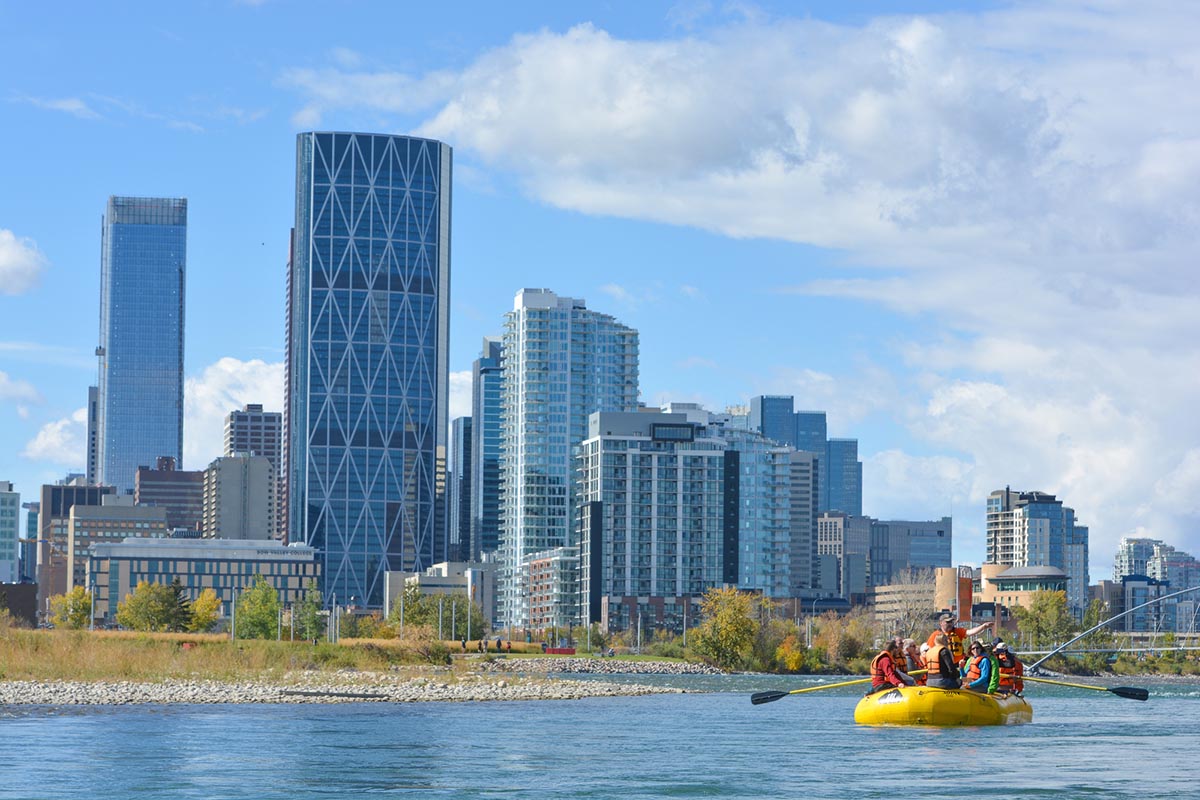
- Calgary. The largest city in Alberta, third largest in Canada, sits at the transition zone of the Canadian Rocky Mountain foothills and the prairies. Built on the fur trade and boot-leg whiskey trade, the discovery of oil in 1912 escalated its fortunes into a major commercial and cultural center. The same year was the first for a small agricultural festival called the Calgary Stampede. It’s now known around the world as the “greatest outdoor show on earth.”
The city boasts the most sunny days of Canada’s largest 100 cities, with over 332 days of sun.
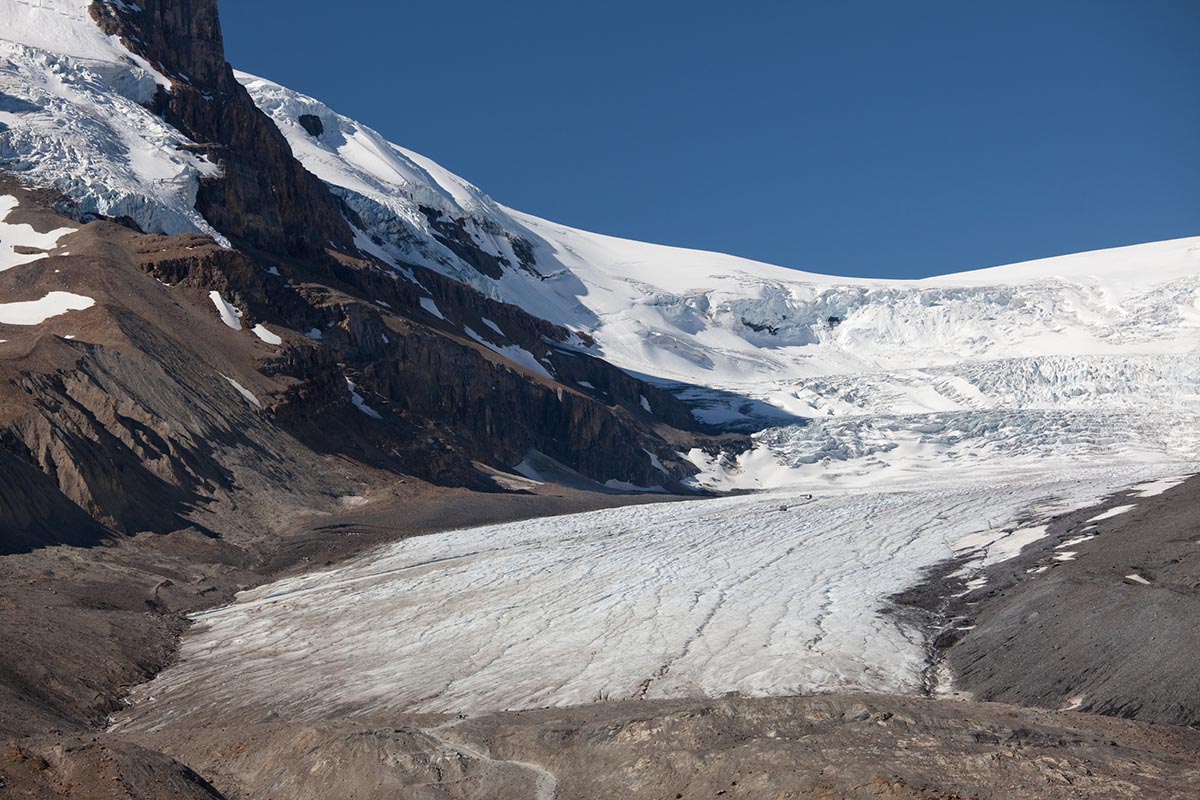
- Columbia Ice Fields. Comprised of approximately thirty distinct glaciers, it contains one of the largest accumulations of ice and snow south of the Arctic Circle. The vestige of glaciers that once covered most of Canada is vital for the northern hemisphere’s water supply; its meltwater feeds the Arctic, Pacific, and Atlantic oceans. The icefield, which advances and recedes in cycles, has been receding throughout the 20th Century.
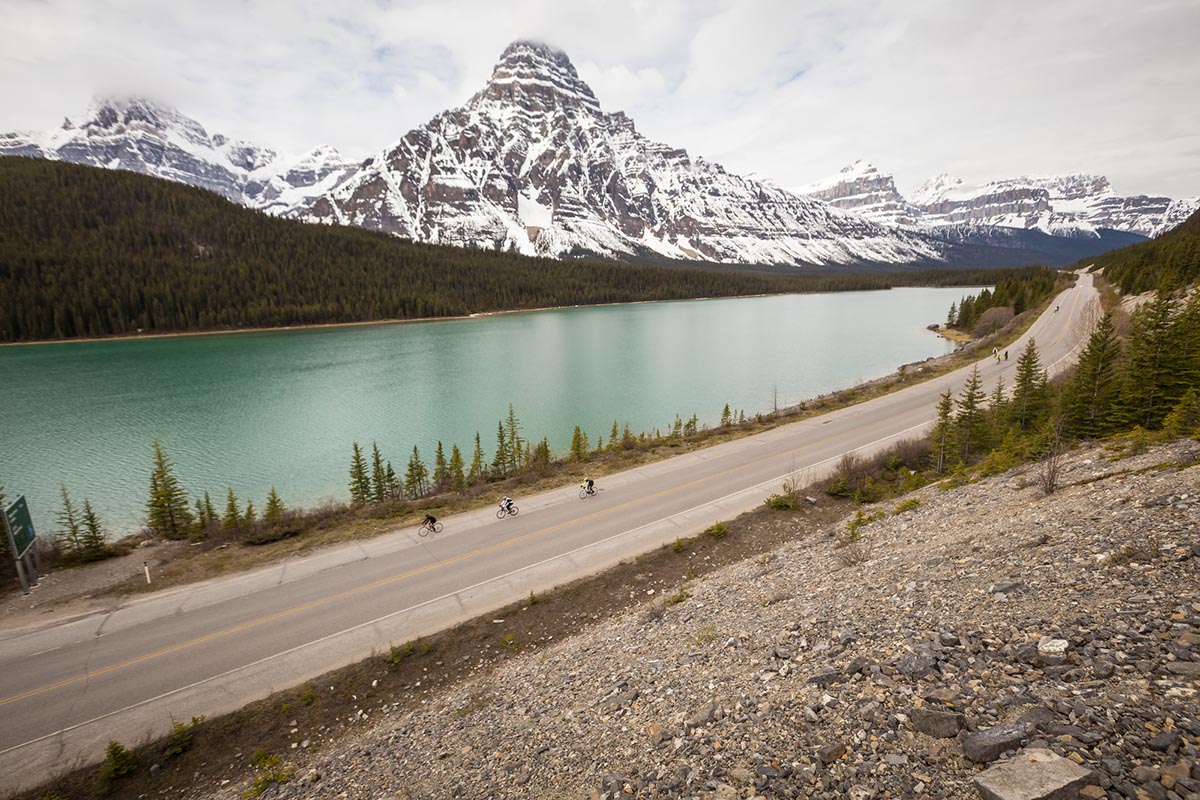
- Icefields Parkway. This 230km/140 mi scenic road hugs the landscape of the Canadian Rockies and parallels the Continental Divide. Traveling through stunning scenery, it connects Banff, Lake Louise, and Jasper.
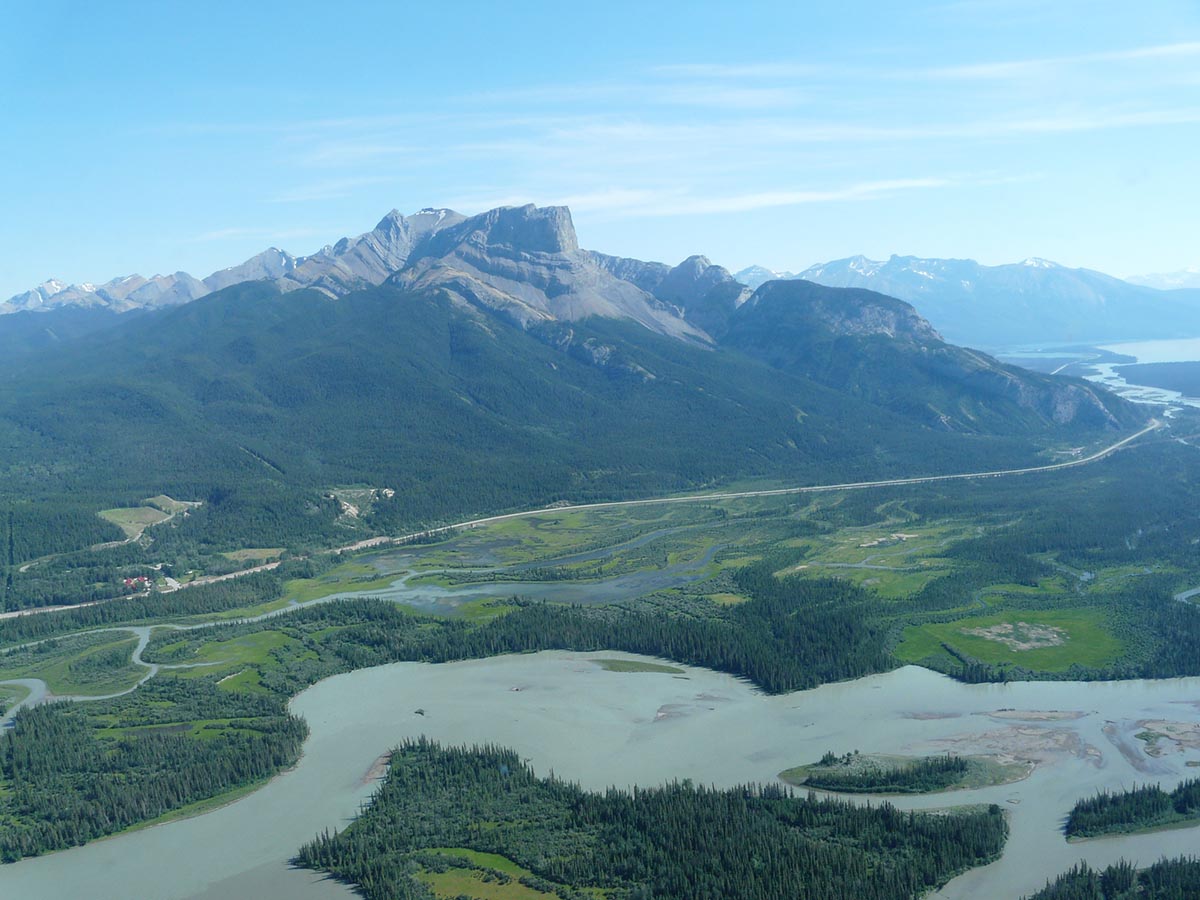
- Jasper National Park. Started as a trading post in northern Alberta, it became a national park in 1907. Glaciers, springs, lakes, waterfalls, forests, snow-capped mountains, and wildlife make this a must-see natural destination and serve as a backdrop for the nearby village of Jasper.
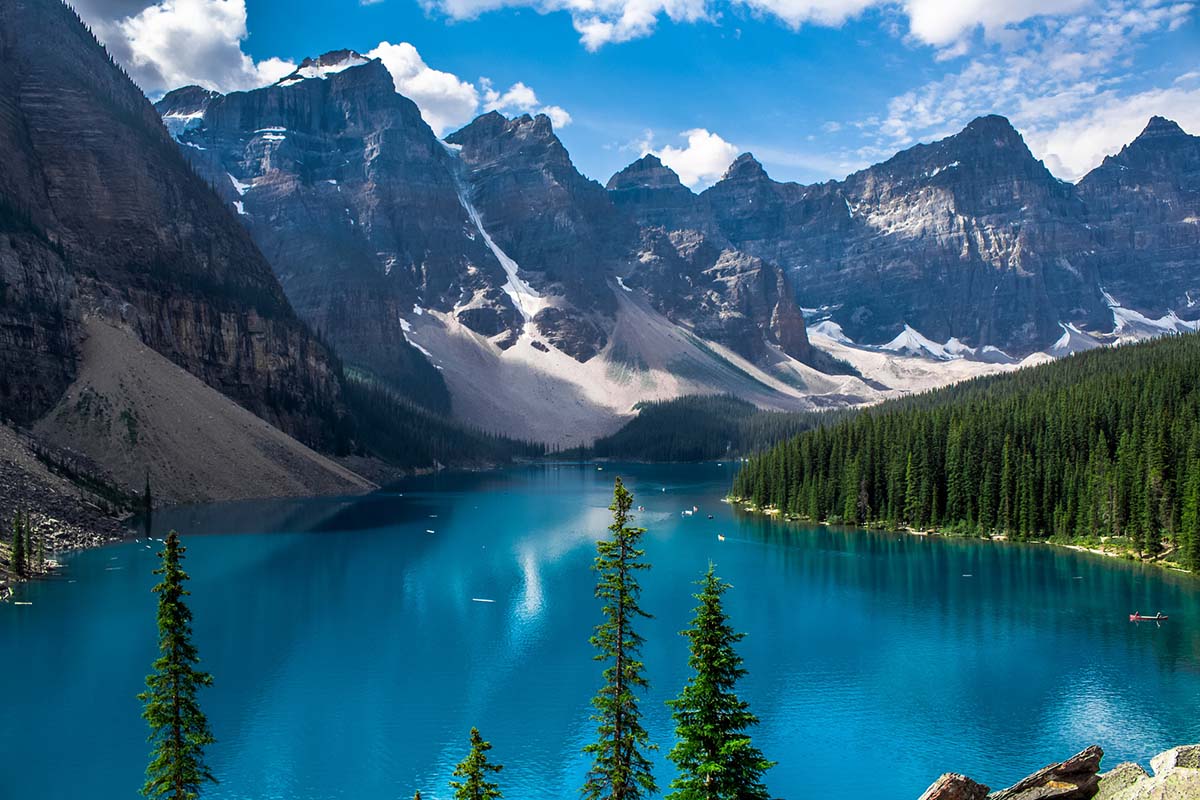
- Banff. Exceptional natural beauty has attracted visitors here for millennia. The first human activity dates back to 10,300 B.P. Before European contact, it was home to many Indigenous Peoples who hunted, fished, and traded. The town, established in 1880s as a tourism destination, took off in 1883 when railway workers discovered a series of hot springs. It was soon being promoted as an international resort and spa and blossomed from there.
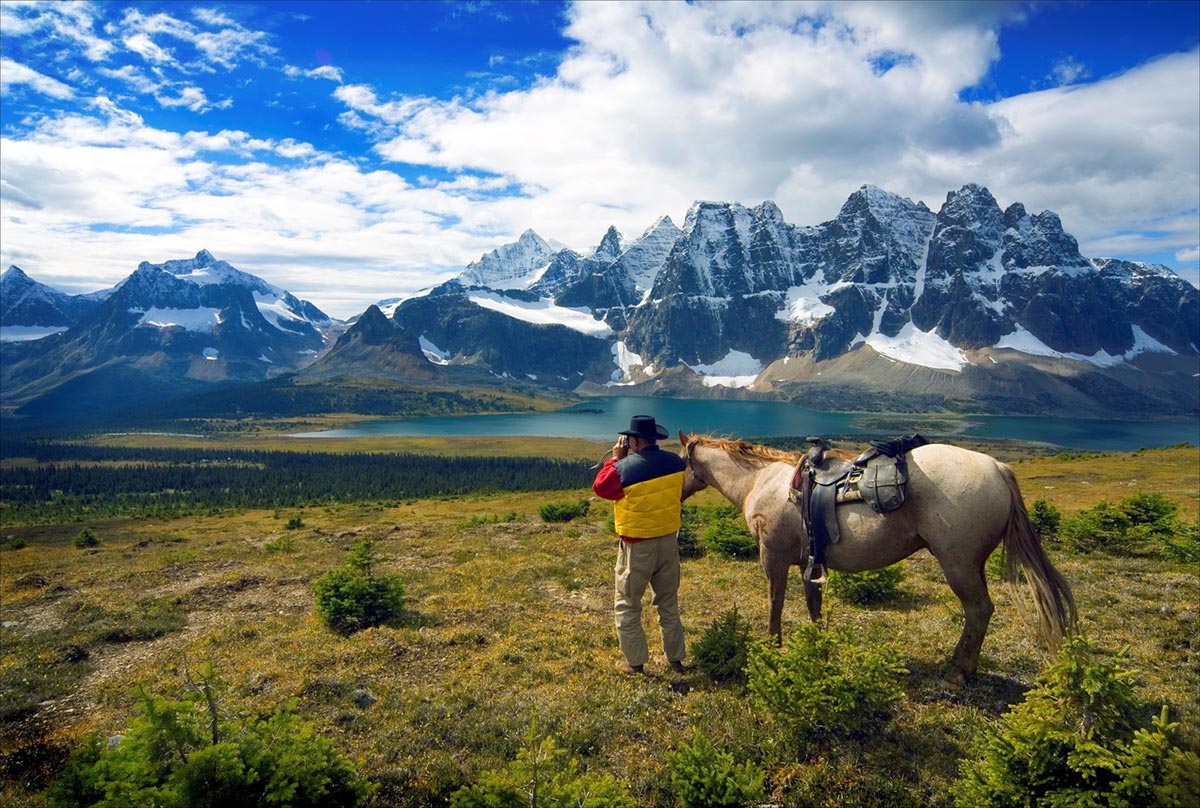
- Rocky Mountains. This range stretches 4,800 km/3,000 mi from northern British Columbia to New Mexico. The Canadian Rockies are more jagged than those in the south as they were more heavily glaciated. Their cooler and wetter weather gives them moister soil, bigger rivers, more glaciers, and a lower tree line. The results are sharply pointed mountains with U-shaped valleys that will make you want to pull over and feast your eyes.
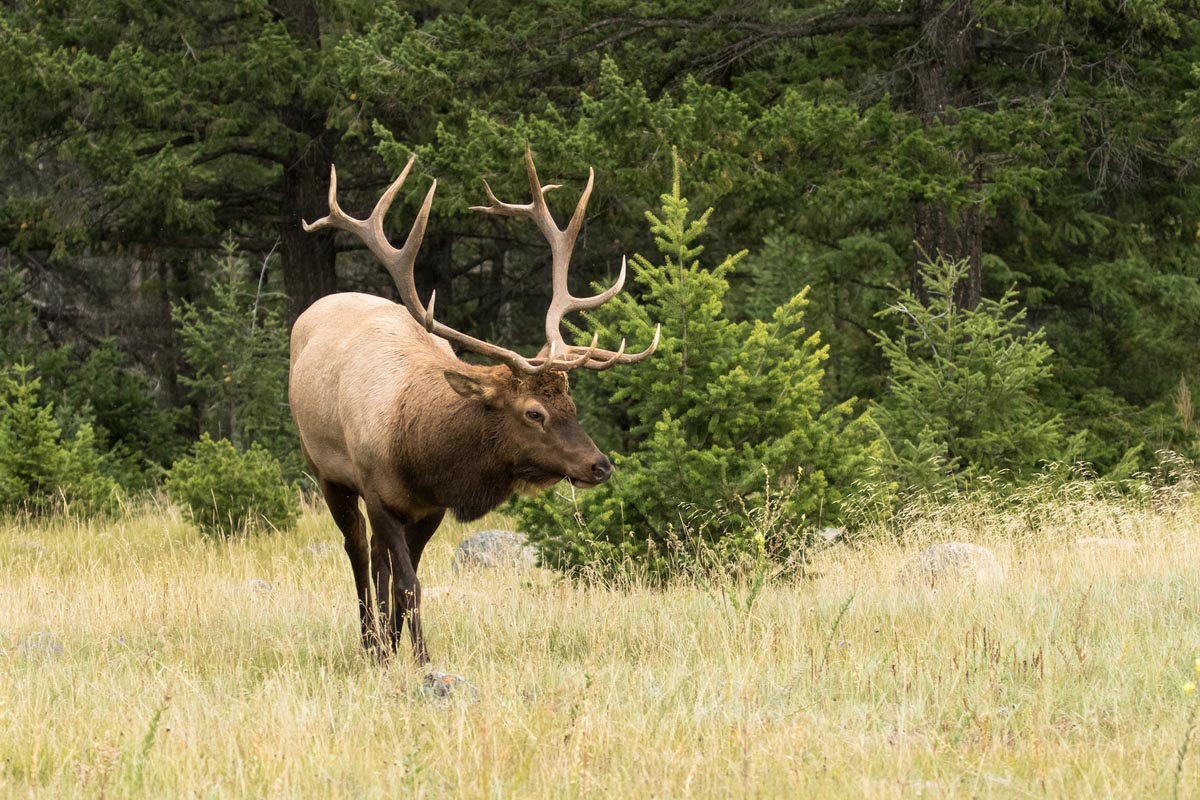
- Wildlife. Prepare for sightings of elk, caribou, moose, deer, black bears. You may even see grizzly bears, coyotes, cougars, and timber wolves. Keep an eye to the sky for bald eagles, golden eagles, raptors, great horned owls, and many smaller birds.

- Whistler. Nomadic Coast Salish First Nations people hunted and gathered here for thousands of years before Europeans arrived. Started as a fishing lodge in 1914, its outstanding destination led to it hosting the 2010 Olympic and Paralympic Winter Games.
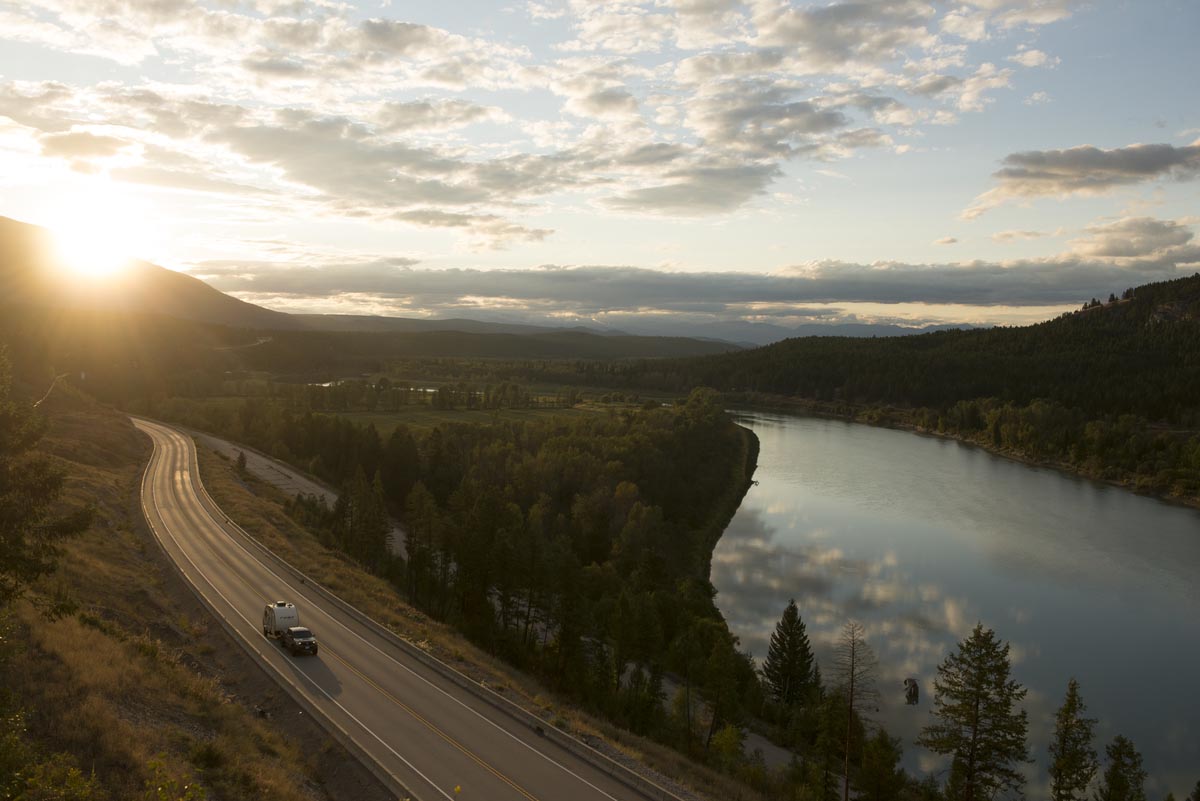
- Fernie. Fires, floods, mine disasters, and even a curse haven’t stopped Fernie from flourishing. Established as a coal mining town on the west side of the Rockies, the arrival of the railroad boosted its fortunes. This vibrant town is rife with folklore and campfire stories. You’ll want to hear about The Fernie Curse, The Legends of the Three sisters, and The Legend of the Griz—for starters!
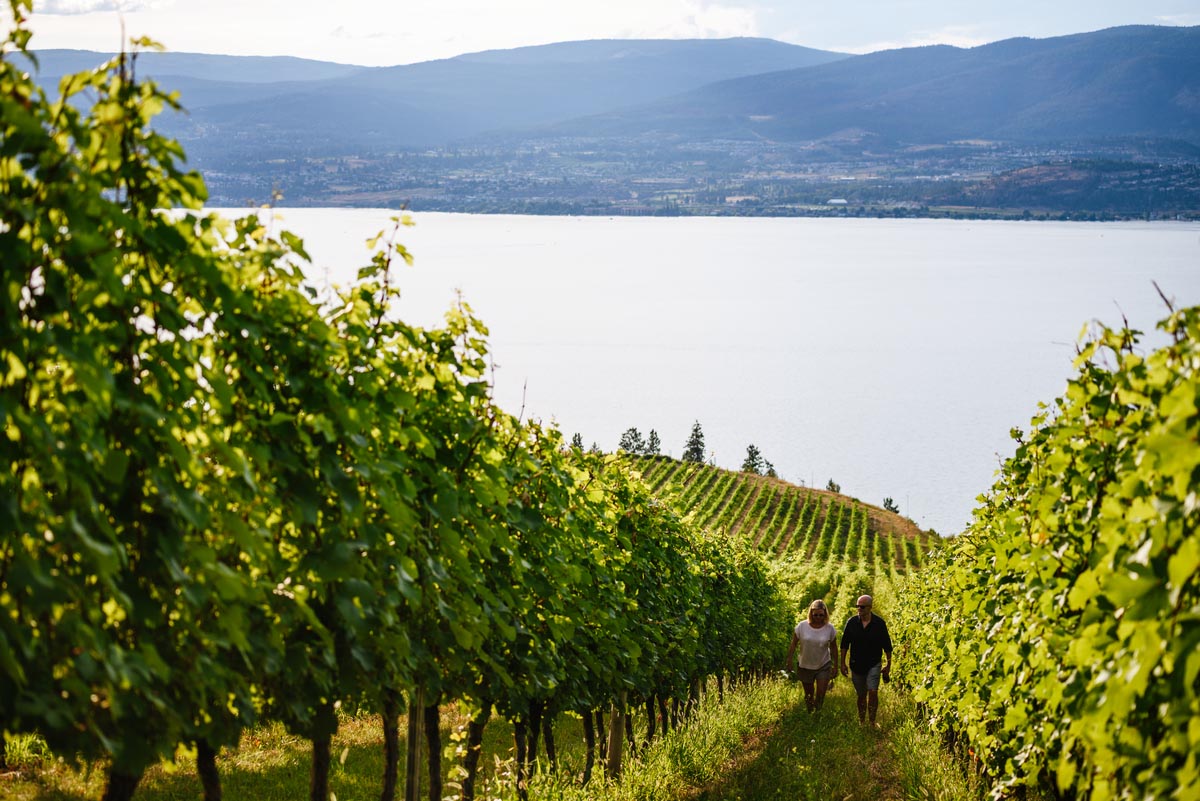
- Kelowna. Nestled in the fertile Okanagan Valley between mountain ranges, a network of clear blue lakes and rivers connects the area’s quaint towns and lush vineyards. Kelowna, which means Grizzly Bear, has a rich history. First Nations settlement began here 6,000 years ago by people who thrived on hunting, fishing, and trading. Since three Oblate missionaries set up a mission here in 1959, the population has grown to more than 130,000. Renowned orchards, farms, and vineyards and over 40 wineries thrive minutes outside the city.

